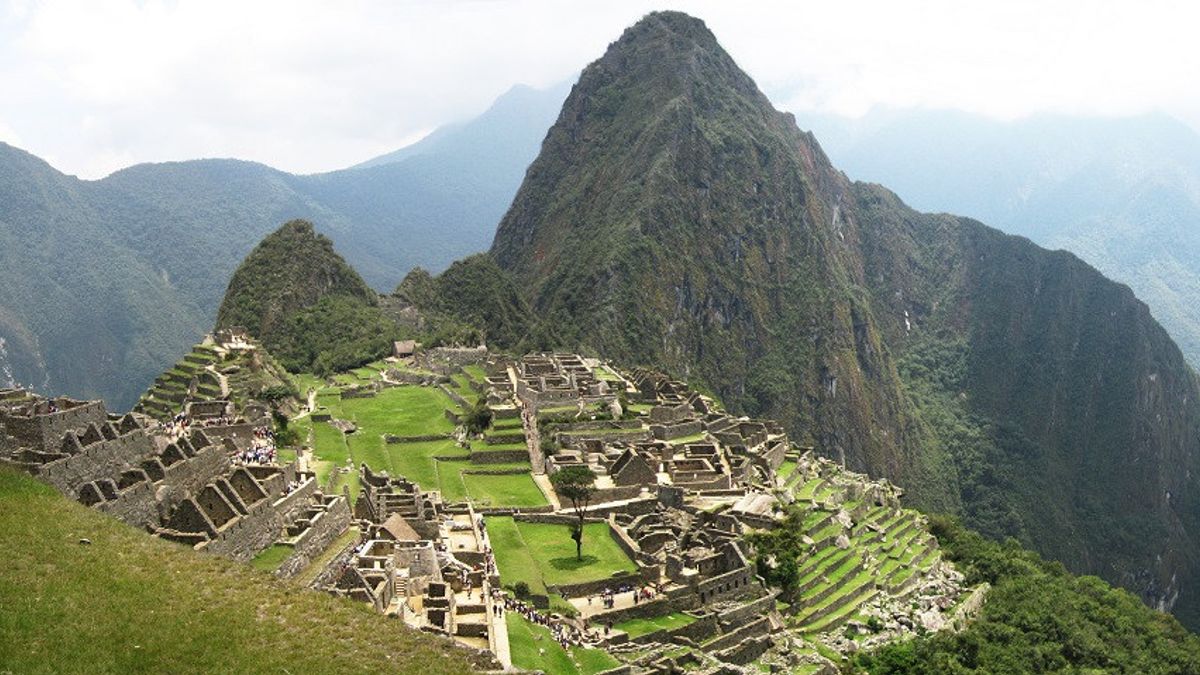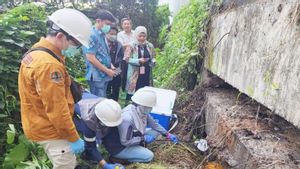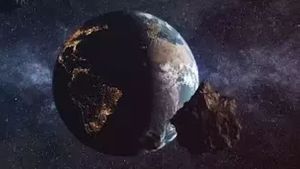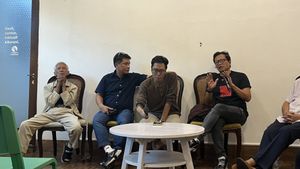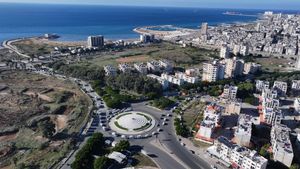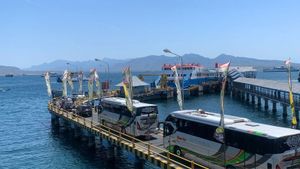JAKARTA - A new study of the world-famous 15th-century Inca Fort at Machu Picchu has scientists believe the UNESCO World Heritage Site is at least 20 years older than previously thought.
For years, historians have assumed, the site, located in southern Peru, was built sometime after 1438 AD. It is based primarily on 16th century Spanish records, of their conquest of the region.
But now, new radiocarbon dating techniques performed at the site suggest the fort was occupied from around AD 1420, nearly two decades earlier.
"This is the first study based on scientific evidence that provides an estimate of the founding of Machu Picchu and the length of its occupation," said Richard Burger, a professor of anthropology at Yale University who led the research.
"The results show that discussions about the development of the Inca Empire based primarily on colonial records require revision," he continued. The findings were published in the peer-reviewed journal 'Antiquity'.

Burger and his team used accelerator mass spectrometry (AMS) dating human remains to come to a conclusion. The team looked at 26 individuals from graves at Machu Picchu found at the site during excavations in 1912.
Chosen as one of the New Seven Wonders of the World in 2007, Machu Picchu was declared a World Heritage Site by UNESCO in 1983. A hugely popular tourist destination, receiving more than half a million visitors a year before the coronavirus pandemic.
In 2017, Peruvian authorities attempted to protect the site by introducing ticketed time slots, to control the flow of visitors to the settlement.
Perched between two mountains, the site consists of some 200 stone structures, which include the remains of ceremonial baths, temples, granaries and aqueducts.
Believed to have been built as a palace for the Inca Emperor Pachacuti, this complex of buildings was abandoned around 1572 AD as a consequence of the Spanish invasion of Inca lands. The site was not discovered by colonists, although it was always known to locals, until the American explorer Hiram Bingham brought it to international attention in 1911.
To note, in October 2020, the site was opened to the public for the first time after months of being closed due to the pandemic. His first visitor was a Japanese tourist stranded in Peru.
The English, Chinese, Japanese, Arabic, and French versions are automatically generated by the AI. So there may still be inaccuracies in translating, please always see Indonesian as our main language. (system supported by DigitalSiber.id)
